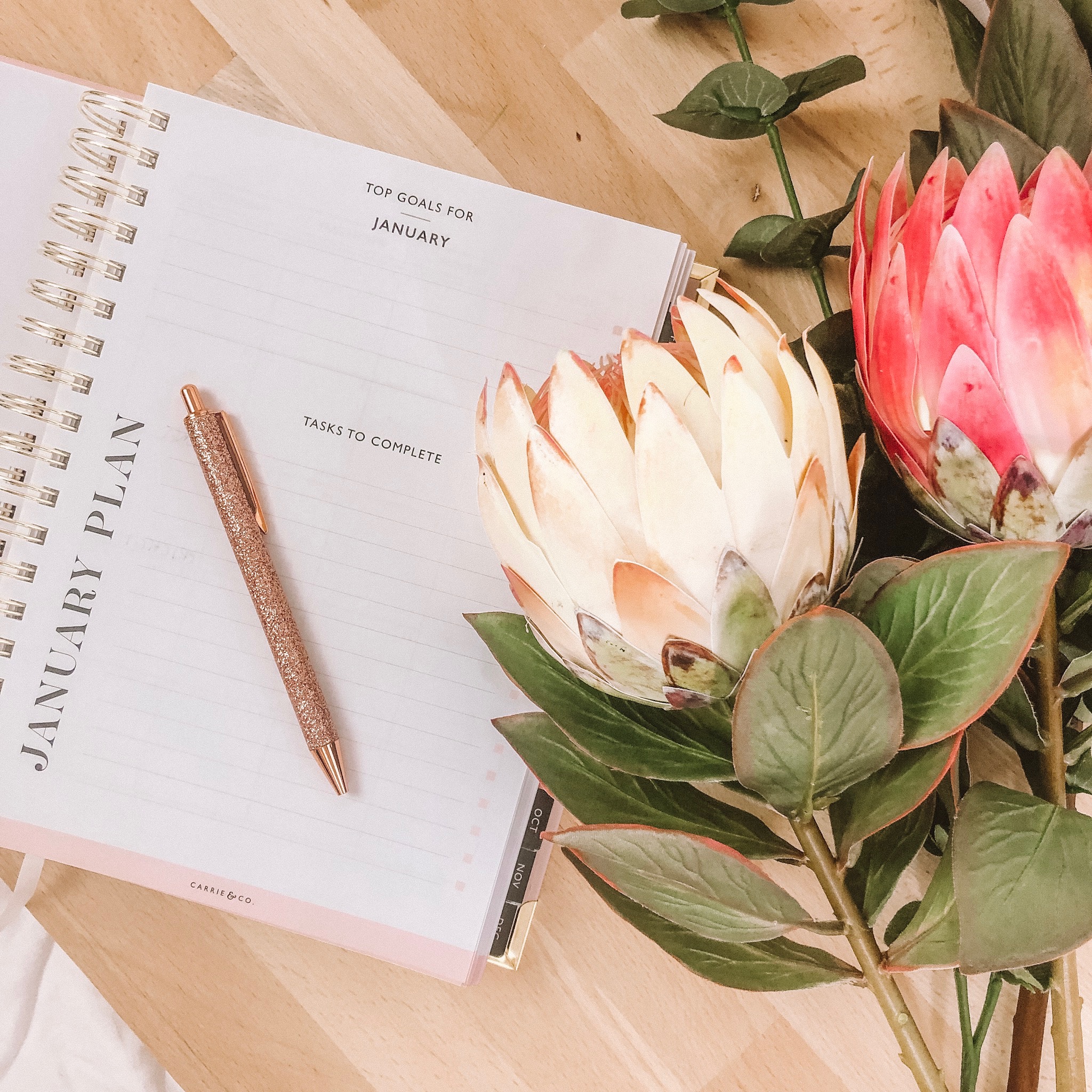
It may seem that sometimes people convene a meeting simply to hear their own voice, or because they harbour a reluctance to just make a decision. Collaboration is great, but the art of a successful meeting is, to paraphrase the great crooner Kenny Rogers, knowing when to hold ‘em and when to fold ‘em!
Don’t gamble on your next meeting. By following some basic meeting etiquette and these simple tips, you can make the most of your time and that of your colleagues.
Talk, don’t read. I was at an event recently where one of the speakers stood in front of the audience with a PowerPoint running behind them. The slides were easy to read, simple and effective, and since the speaker simply read aloud, word-for-word it felt like a reading test, rather than a presentation. Bottom line: if you can’t deliver value beyond your slides, don’t call a meeting, just email the presentation.
Consider the impact. In large organisations, most internal news is shared via email or internal messaging platforms. Calling a staff meeting can send jitters through a team, or it can be an effective way to quell concerns about major issues. Consider the context when calling a meeting and include a clear description of the purpose when you send a meeting request.
Once you do decide to meet…
First things first, make sure you set a time and location for the meeting that is convenient for as many of the attendees as possible. Lunchtime meetings and late afternoons are not conducive to group discussions so if you’re really seeking thoughtful, creative insights from your colleagues, try for a morning meeting when most people are feeling fresh (unless they are night shift workers).
Consider how important it is for all your attendees to be physically present. Can you accommodate people who may seek to phone in, or can they send a delegate along? Make these options clear in your meeting invitation.

Before the meeting prepare an agenda so everyone knows how their time will be spent and what outcomes you are seeking.
Your agenda should assign time for each topic and identify who is responsible for leading the discussion. Make sure those individuals have been briefed before the meeting starts so they are clear about the timeframe and what’s expected of them.
Preparation is the key to a successful meeting. If a presentation or other visuals are required, be sure they are easy to read and contain mostly visual content rather than duplicating what you are saying aloud.
Respecting time is perhaps the most important role of a meeting chair or facilitator. Starting and finishing on time shows respect for those attending your meeting. Start off by introducing yourself and the purpose of the meeting. If your meeting involves fewer than 10 people, invite them to give a brief introduction before confirming the agenda items and taking care of any ‘housekeeping’ matters. In organisations with a strong safety culture, meetings often start with the “safety share”. It’s a good idea to have a pre-prepared anecdote or example to keep things moving along.
Seek an agreed outcome from the meeting. This should not discourage open discussion. But it should focus you and the group on achieving progress or a way forward by the end of the session. As the meeting chair, it’s important to summarise key points as you go, and provide a wrap-up at the end of the meeting so that you and all the meeting participants are clear on the outcome. There’s nothing worse than walking out of a meeting with the strains of “so what did we actually agree to?” playing in the chorus.
Consider emailing a summary after the meeting that captures key points and outcomes and acknowledges the participants for their input. A little thanks goes a long way.
Last, but not least, consider the comfort of your guests at a meeting. Ensure that water and refreshments are available. If it’s a long meeting, consider providing snacks that can be eaten during the meeting, or invite people to bring along their lunch in a bag. Ensure that the room lighting and temperature settings are comfortable. Make your meeting experience as enjoyable as you can and have your attendees leave with a smile on their dials, looking forward to the rest of their day!


